During a two-month voyage at sea, British startup Seabound's system captured 78% of the carbon emitted from a container ship's auxiliary engine.
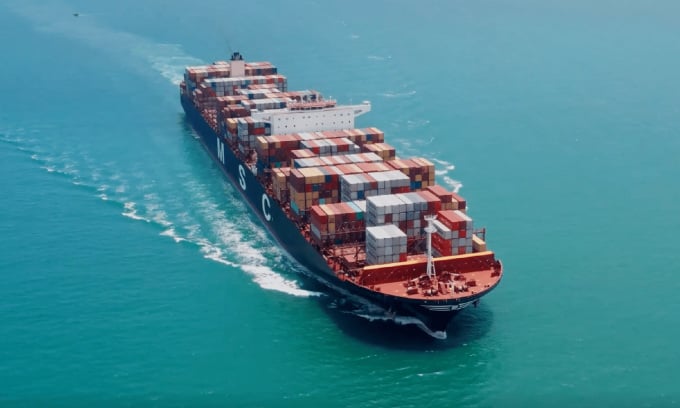
Seabound's carbon capture system prototype is tested during a two-month voyage on a medium-sized container ship. Photo: Seabound
Seabound, a climate technology startup based in London, has tested a carbon capture system that captures some of the carbon emitted during the Sounion Trader container ship's voyage, IFL Science reported on February 20. During the two-month journey from Turkey to the Persian Gulf, the system captured 78% of the carbon and 90% of the sulfur dioxide emitted from one of the ship's auxiliary engines.
“While still in its early stages, this first pilot has proven that our technology works and can solve a large, complex problem. This breakthrough shows that the shipping industry doesn’t need to wait for new fuels or solutions to reduce emissions in the future. We can start capturing carbon from existing ships right now,” said Alisha Fredriksson, CEO and co-founder of Seabound.
The system works by connecting a capture device to the engine’s exhaust pipe. The exhaust gas combines with calcium oxide (or quicklime), which reacts with CO2 to create calcium carbonate (or limestone). The rest of the “clean” CO2-free exhaust gas is released into the atmosphere. The solid limestone is then returned to port to be sold as building material, or broken down into calcium oxide (which can further capture carbon) and CO2 (which can be sequestered underground).
Following the successful trial, Seabound aims to build a "bigger and better" system capable of capturing up to 95% of CO2, expected to hit the market next year.
About 90% of international goods are transported by sea. As the demand for international trade increases, the volume of goods transported by sea is expected to triple by 2050.
However, the shipping industry emits a huge amount of CO2 and other greenhouse gases. Shipping vessels account for 3.1% of global carbon emissions each year – more than Germany, the world’s sixth-largest emitter. So, before we reach our fossil fuel-free target, carbon capture technologies like Seabound’s could provide a practical solution to protecting the environment.
Thu Thao (According to IFL Science )
Source link










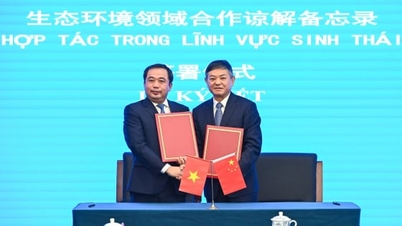

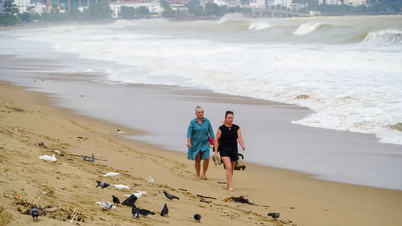










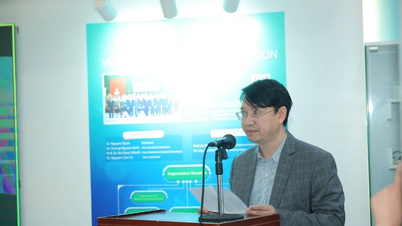

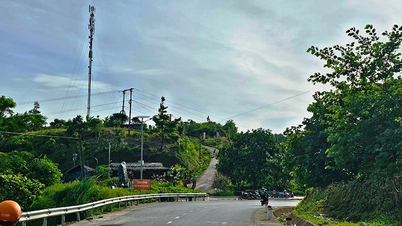
















































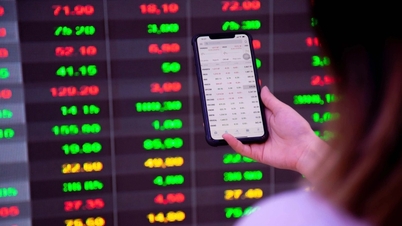










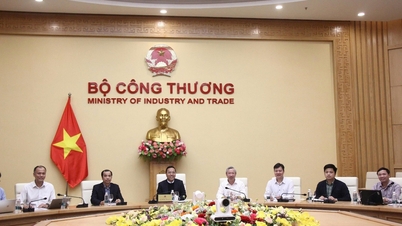





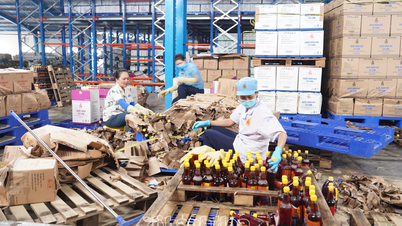


















Comment (0)